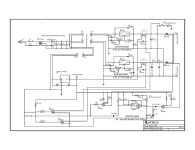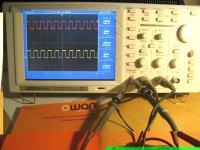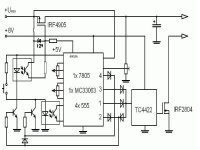"Using a surplus SCR to discharge it, there would be no easy way to control the pulse width other than by what voltage you start at. Once those babys turn on, they don't want to turn off. "
Today I've found fast turn off thyristors. For example P270CH04, 500A(6500A). Would this solve turn off problem or this is just one parameter that means no advantage?
Turn off time 12-15usec instead of 100us that my other SCR has.
And just now I read this" After the SCR turns on and is conducting significant forward current, the SCR stays on even if the gate drive is subsequently removed. Therefor, only a brief pulse of gate current will be needed to latch the SCR on. The SCR cannot be turned of by shorting and reverse-biasing the gate-cathode terminals of the device.
In fact, the only way of turning the SCR off is by momentarily reducing its anode current below a value know as the minimum holding current (IH). So it follows that turn-off occurs automatically in a AC circuit near the zero-crossing point at the end of each half cycle.
So with single SCR I can't control the pulse width.
Today I've found fast turn off thyristors. For example P270CH04, 500A(6500A). Would this solve turn off problem or this is just one parameter that means no advantage?
Turn off time 12-15usec instead of 100us that my other SCR has.
And just now I read this" After the SCR turns on and is conducting significant forward current, the SCR stays on even if the gate drive is subsequently removed. Therefor, only a brief pulse of gate current will be needed to latch the SCR on. The SCR cannot be turned of by shorting and reverse-biasing the gate-cathode terminals of the device.
In fact, the only way of turning the SCR off is by momentarily reducing its anode current below a value know as the minimum holding current (IH). So it follows that turn-off occurs automatically in a AC circuit near the zero-crossing point at the end of each half cycle.
So with single SCR I can't control the pulse width.




